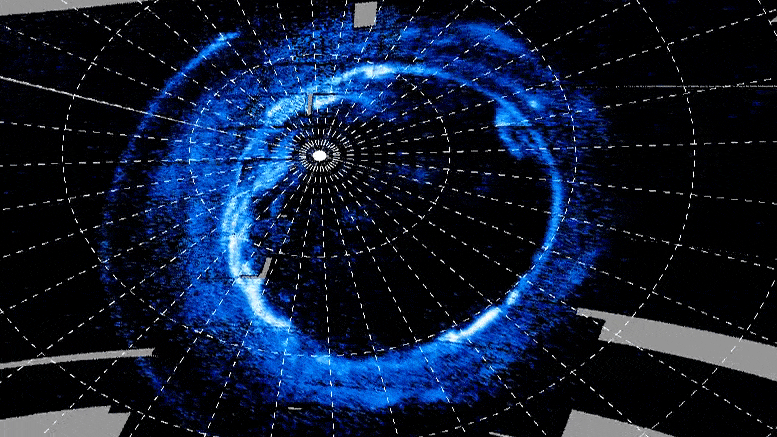The gas-giant orbiter is illuminating the provenance of Jovian polar light shows.
New results from the Ultraviolet Spectrograph instrument on NASA ’s Juno mission reveal for the first time the birth of auroral dawn storms – the early morning brightening unique to Jupiter ’s spectacular aurorae. These immense, transient displays of light occur at both Jovian poles and had previously been observed only by ground-based and Earth-orbiting observatories, notably NASA’s Hubble Space Telescope. Results of this study were published March 16 in the journal AGU Advances.
First discovered by Hubble’s Faint Object Camera in 1994, dawn storms consist of short-lived but intense brightening and broadening of Jupiter’s main auroral oval – an oblong curtain of light that surrounds both poles – near where the atmosphere emerges from darkness in the early morning region. Before Juno, observations of Jovian ultraviolet aurora had offered only side views, hiding everything happening on the nightside of the planet.
